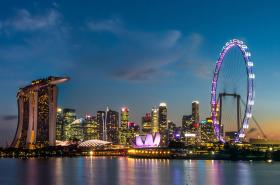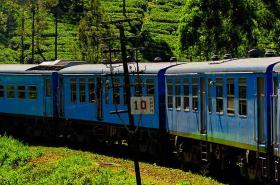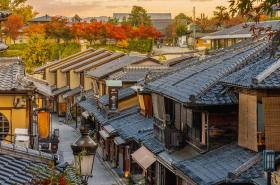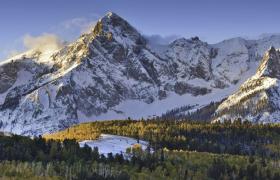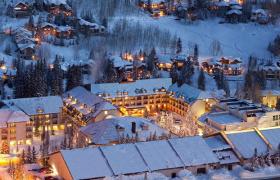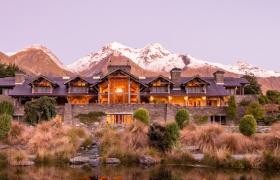Let Us Help You
13th October 2017
So here we were, a group of middle aged women from New Zealand travelling through dust and crowds and smells of India. Not for us was India on $10 a day, our kids were already doing that. We reveled in the chaos and colour, but nothing was more welcome than to retreat to the tranquility of beautiful hotels at the end of the day. Clean sheets, hot showers and working electrics were now a necessity. But beyond the comfort the experience was in the grandeur, the history, and the unique opportunity to stay in hotels that were once the home of India’s rulers.
The Imperial Hotel Delhi
We drove down an avenue of 24 palm trees to the majesty of a stark white hotel with a distinctly art deco feel, to be greeted by a uniformed doorman. Inside, The Imperial feels like the British Raj at its peak, although the hotel opened in 1936, only 11 years before India was granted independence.
Ceiling fans, rattan furniture and walls that drip with the history of Dehli in black and white photographs. Nehru, Gandhi, Jinnah and Lord Mountbatten met in the ballroom on the first floor to thrash out the fine print of India’s independence and the partition of Pakistan. There are four restaurants but we rarely went past the 1911 – a large gracious space that opens out onto the terrace, where later in the afternoon we would have an obligatory gin. Breakfast was a highlight – a buffet of both Indian and western cuisine. Hand blocked French wallpaper with vivid murals of Indian scenes – used like photographs during its day, lined the 70-foot long wall of the room. The bedrooms oozed tasteful opulence and we fell into the seduction of the beds at the end of a day in the heat and jostle of Delhi.
Akshardham Temple V2.jpg
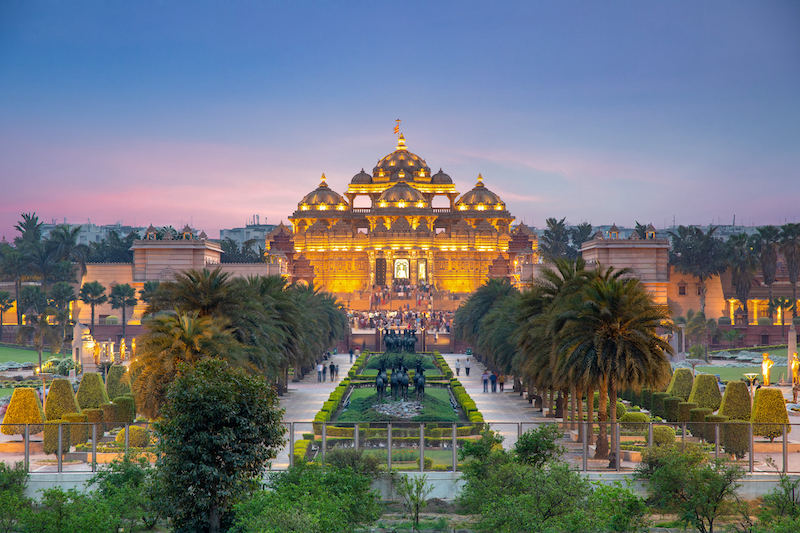
The Akshardham Temple at night, Delhi. Photo: Getty Images
Glenburn Tea Estate
Husnah-Tara Prakash met us in Kolkata and took us on a tour of its food markets followed by a breakfast of street food. Husnah was born in England but was sent back to India for her secondary education. She married into a family that owns large tea plantations in Darjeeling State and we travelled with her to Glenburn Tea Station Estate. The estate of 1,600 acres sits below Darjeeling in the foothills of the Himalayas. And it is utterly enchanting - Somerset Maugham’s spy career comes to mind as you gaze across the tea fields up to the mountains.
Darjeeling tea workers V2.jpg
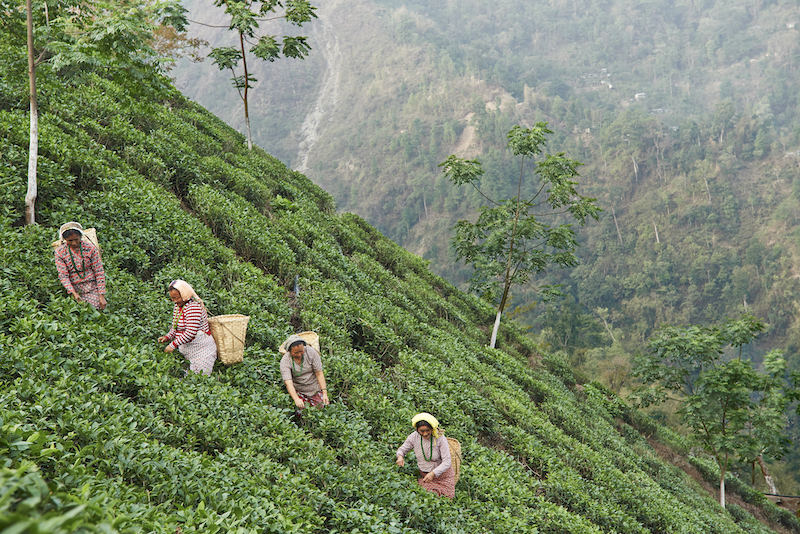
Harvesting tea leaves at the Glenburn Tea Estate in Darjeeling. Photo: Getty Images
A large verandah runs the length of the building with flowering vines tumbling down from the roofline. Gardens of brightly coloured flowers cover the hillside. The bedrooms have been exquisitely decorated, each in a different colour scheme with ceiling fans for ventilation. The dining table comfortably seated 18 of us and was covered in a tablecloth especially made and embroidered for the table.
“Bed tea” was as the name suggests, and was a relaxing start to our day, before we had even pulled back the covers. Breakfast was served on the verandah, and the eggs were presented to look like one of the 130 butterfly’s species of the estate.
Sanjay the plantation manager can tell in what season the tea was picked, from what field and even what bush. Tasting the tea is similar to tasting wine - sucking a teaspoonful into your mouth to aerate it then smacking your lips together after swallowing. The tea plants look like mosaics on the hillside, and the women in their brilliant saris echoes of the butterflies.
Sari factory V2.jpg
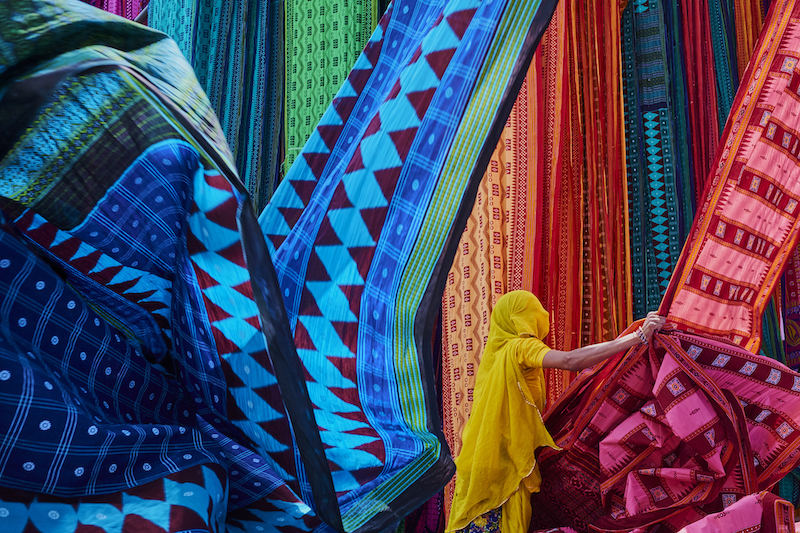
Air drying sari fabric at a factory in Jaipur, Rajasthan. Photo: Getty Images
In the evening the chef showed us how to make momos, which we did with variable success. Before dinner a group of children from the performing arts school in the local village performed Nepalese dances for us in their traditional costumes. The youngest was five and a real showstopper. They got us up dancing and laughed at our clumsy attempts to copy their moves. Chef Singh (runner up in Darjeeling Idol!), then sang for us. Glenburn’s mountain air was a wonderful respite from the heat and frenzy of India.
Diggi Palace: Jaipur
This hotel was Bollywood meets The Best Exotic Marigold Hotel. We were greeted by decorated and painted elephants swaying to the beat of drums, as dancers with fire pots on their heads placed yet another bindi on our foreheads. The palace was built in 1860 by the then ruling family of the Diggi principality.
Varanasi V2.jpg
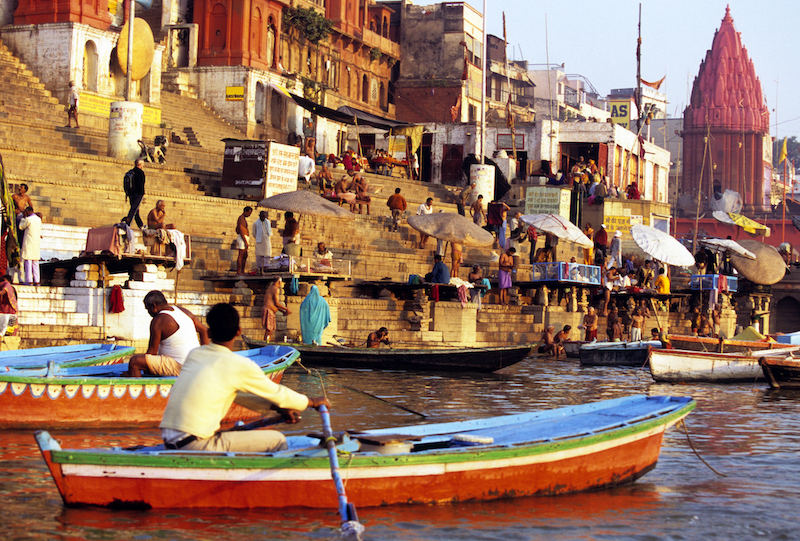
On the Ganges River, Varanasi. Photo: Getty Images
Beneath a stucco façade of faded grandeur is the hotel’s quirky personality. Hot water became an optional extra in our rooms, and if you happened to look up in some of the inner courtyards the upper floors just petered out left unfinished. Still, Diggi Palace was charming with a wonderful courtyard garden of exotic plants and wandering peacocks where you could sit outside to eat. It is the primary venue for the Jaipur Literature Festival held annually in January. Described as the greatest literary show on earth, there were 1874 speakers and 1272 sessions in the 2017 festival.
Nadesar Palace: Varanasi
Varanasi can be particularly confronting for foreign visitors - the crush of people, the burial ghats, the mix of sacred and profane. So after a day of wandering through the streets it was a relief to return to the serenity of Nadesar Palace.
The Maharajah of Benares built the palace in 1835, and it was here that he entertained royalty – there’s a photograph of the Queen in 1961 atop an elephant. There are 10 bedroom suites set in 28 acres of grounds planted in marigolds and mango trees with vegetable gardens for the kitchen. The rooms are exquisitely decorated with antiques and photographs - its intimacy was like staying in someone’s home, although I don’t know anyone with a home quite this grand.
On arrival we were greeted with flower garlands, and a Hindu priest who chanted mantras over us. With champagne in hand we were taken for a ride through the grounds in the Maharajah’s horse drawn carriage.
Each suite was assigned two staff to look after our every need, and then those that we didn’t realise we had. On our way to our room, I pointed out the beautiful pomegranates sitting on a sideboard. No sooner had we shut our door, than our attendants knocked and presented us with a bowl full of pomegranates – “Would madame be liking?”
Our shoes were dusty so we left them outside our room. When I next looked they were gone – “Someone’s stolen our shoes” I said too quickly. But no, they had been whipped away for cleaning.
The first night we were the only guests. A candlelit dinner for the 12 of us was set up outside. Candles and flowers floated in the pool. In the Jiva spa we were pampered with a gentle massage and then somewhat disconcertingly wrapped up like a mummy and left for 20 minutes.
It quickly became hard to remember the beautiful chaos that was hidden just beyond the gates of the stunning Nadesar Palace.



